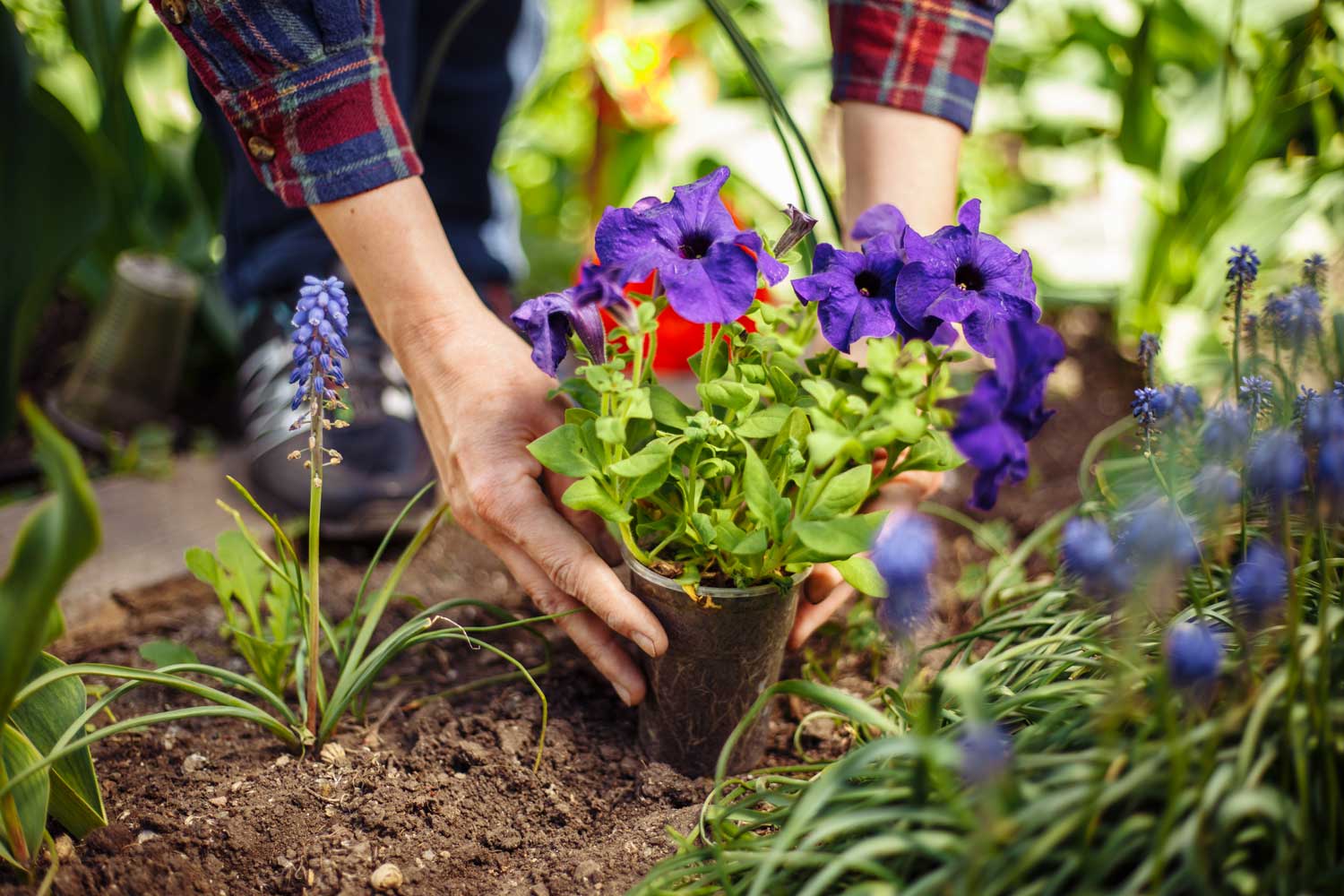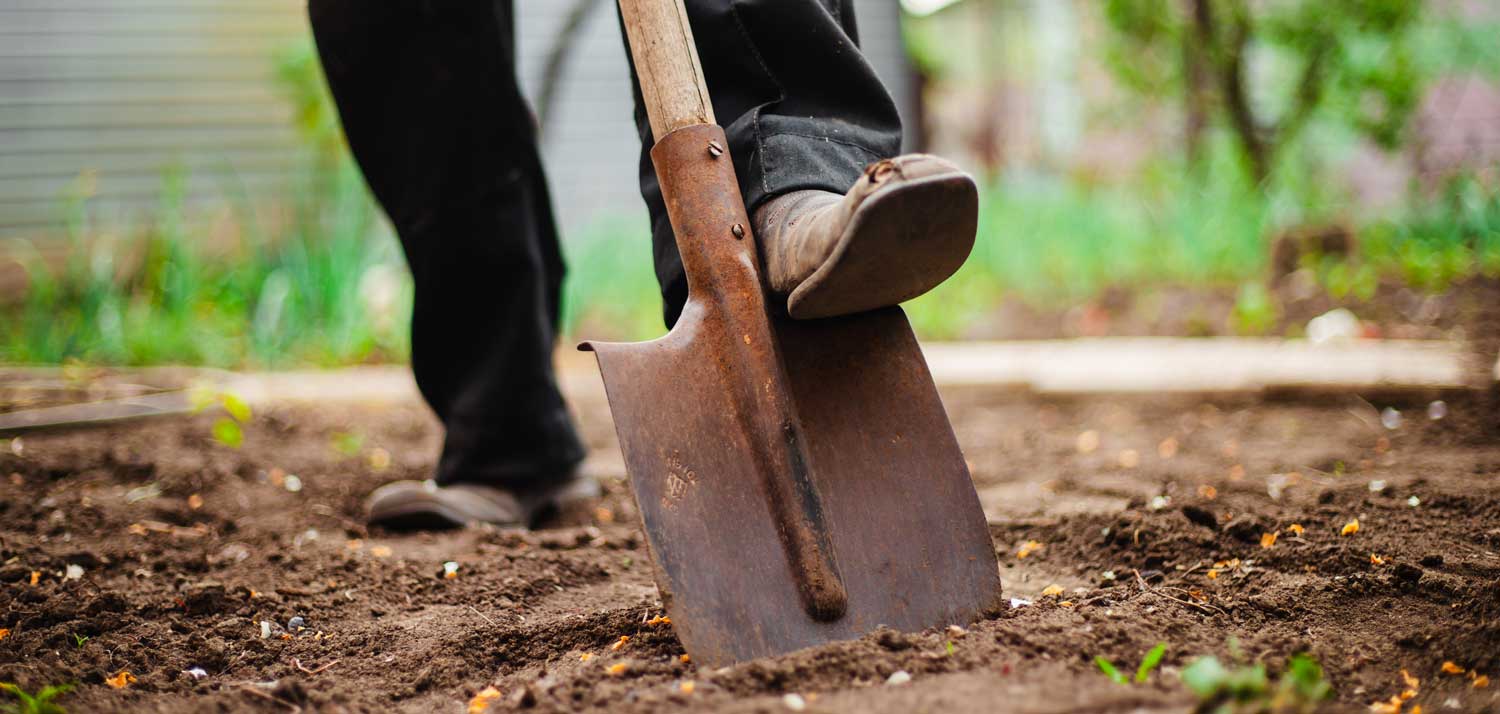As written by our resident green-fingered guru!
Table of Contents
- Devise a Landscaping Layout
- Test and Amend Your Soil
- Remove Weeds and Debris Thoroughly
- Prune Shrubs and Trees
- Plant Seeds and Seedlings
- Install Supports and Dividers
- Improve Watering Systems
- Apply Fresh Mulch
- Accent with Garden Decor
- Maintain and Make Adjustments
Devise a Landscaping Layout
Dreaming up how to layout your garden landscape is my favourite part of the whole process! I start by sketching a little map of the flower beds, trees and shrub areas. Then I think about adding elements like meandering stone pathways or cute wooden bridges over sections with water features. You’ll also want to carve out a nice corner somewhere with comfy seating and charming details – I’m thinking a hanging chair nestled under a pergola or strings of festoon lights overhead! Having a pretty focal point like an arched trellis entrance swathed in vines or a central water fountain can make the heart of your garden pop too. However you choose to layout your green oasis this spring, make sure it’s a space you’ll excited to relax in and show off!
Test and Amend Your Soil
I never would have thought to test my soil before planting if Jude next door didn’t swear by it! Spring is the perfect time to grab samples from around your garden beds and send them to labs so they can analyse the pH balance and nutrient content. That way you know exactly what amendments your soil needs before sowing or transplanting precious seedlings. I sprinkled in some compost and slow-release organic fertiliser to improve texture and nourishment. Tip for clay soil – mix in materials like sand or gypsum to help drainage. For sandy patches try compost to boost moisture retention!
Remove Weeds and Debris Thoroughly
This has to be everyone’s least glamorous garden task, but it makes such a difference! Make sure to pull out any leftover pesky weeds from last year by the roots before they multiply like crazy. Rake up fallen leaves or twigs thoroughly too. It always looks like more garbage materialises over the winter than seems possible! But leaving too much decaying organic matter around actually breeds diseases and pests. As they say, cleanliness is next to…the healthiest vegetable patch.
Prune Shrubs and Trees
I used to be scared of pruning anything, fearing I’d irreparably damage my plants! But it’s important for their health and productive growth to clear out congested branches and dead wood. For spring flowering shrubs like lilacs or forsythia, I prune them just after they put on their colourful display to avoid cutting off next year’s flower buds. It’s also wise to nip any vertical shoots emerging around tree bases called “suckers” so they don’t divert energy from the main trunk and branches. Having good airflow and light penetration helps minimise pest and disease troubles too. I always sharpen my clean pruners before starting, make clean cuts at an angle parallel to buds, then paint any major lopped limbs with tree sealant.

Plant Seeds and Seedlings
Playing in the soil while sowing seeds and tucking seedlings into the earth makes me feel like an overeager kid turned loose in a candy store! Around mid-spring, I directly sow hardy veggies like peas, radishes and spinach that can withstand chillier nights. I gently transfer out any seedlings I started indoors too, taking extra care not to disturb their tiny root balls. Whenever planting, I mix a scoopful of worm compost into each hole first to provide nutrients plus beneficial microbes. I also sprinkle a bit of slow-release organic fertiliser over the entire bed. Oh, and be sure not to crowd crops too closely. I place taller varieties like tomatoes towards the back fences or trellises so they don’t shade smaller greens and herbs later on.
Install Supports and Dividers
Sturdy supports and screens are garden essentials often overlooked! Installing stakes or wire cages when crops are young makes it infinitely easier than trying to prop up 5-foot toppling tomato vines later trust me. Protective netting shields fragile seedlings from hungry birds and strong winds. Low fencing, cages or garden border edging also prevents accidental intermingling between incompatible plants. My rambunctious cucumber vines wreaked havoc intertwining aggressively with my carrots one year before I wised up with dividers! Prevention is key for harmonious planting.
Improve Watering Systems
My irrigation game was weak until my gardening mentor Jim gave me some watering wisdom! He encouraged me to test all my hoses, wands, sprinklers and soaker systems before the dry season. Replacing old parts like cracked tubes or faulty spreader nozzles saves so much frustration later. I recently added a slim rain barrel under the gutter downspouts to harvest nature’s nourishing water. The key is infrequent deep watering in the early morning to reduce waste through evaporation and nourish roots thoroughly.
Apply Fresh Mulch
Mulching beds with a 2-4 inch layer of organic matter makes garden maintenance so much easier! Nutrient-rich mulches like shredded bark slowly improve soil as it decomposes while also controlling those pesky weeds. And it locks precious moisture into the ground so I don’t have to water as frequently. I used to only mulch at the end of the season but recently learned early spring application helps moderate soil temp too so I’m converting. Raking it smooth and topping it off yearly keeps my landscape looking tidy!
Accent with Garden Decor
Don’t forget to infuse little decorative touches after all the functional work is complete – that’s what elevates it from a routine space to a breathtaking garden! I love embellishing with character like rustic ceramic planters and kinetic wind spinners visually. Up-lighting certain architectural trees creates drama at dusk too. Building that custom cedar pergola last year instantly became my favourite spot to entertain guests on summer evenings because it feels like an extension of our living space into nature (More info on – DIY Log Cabins). Even little DIY stepping-stone pathways lend whimsy and charm!

Maintain and Make Adjustments
Caring for your garden is a labour of love all season long! I make a habit of weeding and scouting for pests as soon as seedlings poke through the soil so problems don’t get out of control. An ounce of prevention truly saves pounds of headaches later! I treat minor aphid or slug infestations quickly with gentle organic remedies too. And I keep notes on which plants thrived best in which beds and any issues to tweak my layout next year. Consistent observation and thoughtful tweaks yield the healthiest, most lush garden possible by the end of the season.
There you have it – my top 10 essential steps for garden greatness! Follow these guidelines and soon you’ll have your own floral oasis thriving. The upfront investment of preparation pays off tenfold once you’re relaxing under hanging flower bells on your pergola later, trust me! Here’s to your happiest garden season yet!
Ever wondered about….How to start a dog grooming business at home in a Garden Log Cabin? Read our latest blog post for details


